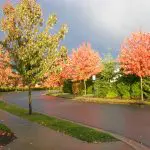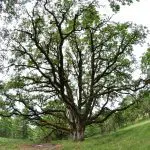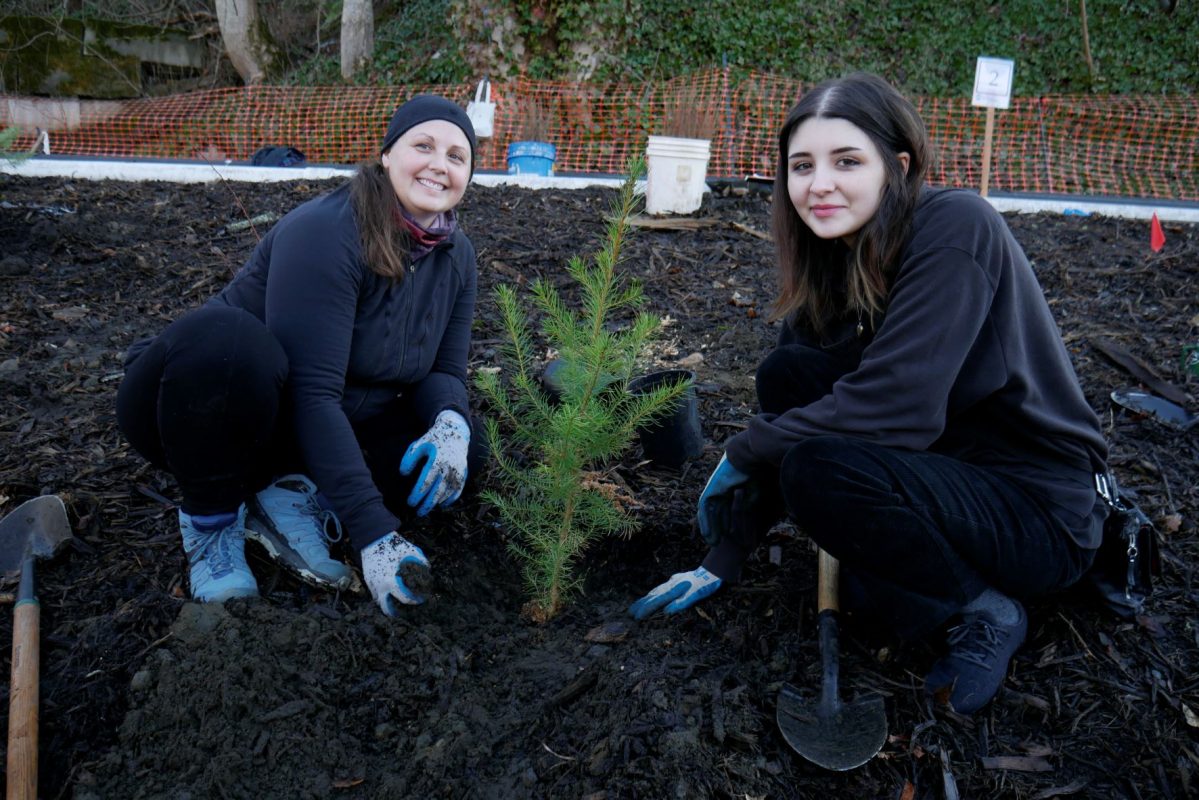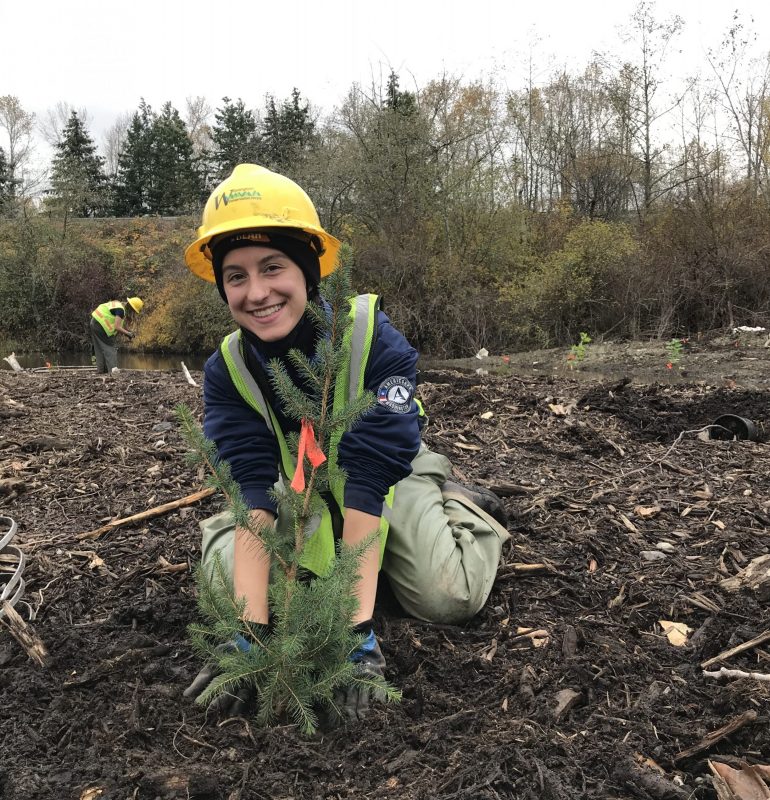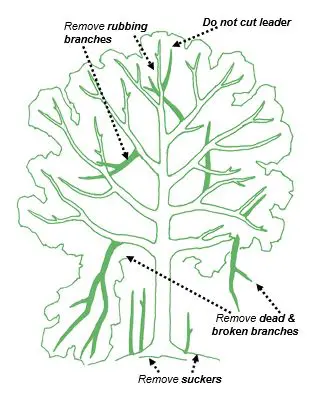Why plant trees?
Trees provide wonderful benefits for Bellingham and contribute to our quality of life. Not only do trees add beauty, but they also provide shade, reduce levels of noise and dust, boost property values, reduce stormwater pollution and erosion, produce oxygen, absorb carbon dioxide, improve wellbeing, provide food and habitat for wildlife, reduce energy costs, and represent local culture and identity. In the past, Bellingham was dominated by forest, which has been cared for by the peoples of Lhaq’temish (Lummi) Nation and Nuxwsa’7aq (Nooksack) Tribe since time immemorial. We are fortunate to still have forest and trees that remain a part of our community.
The City recognizes the value of trees and is a proud Tree City USA community, recognized nationally for our community-based effort to sustain our urban forest.
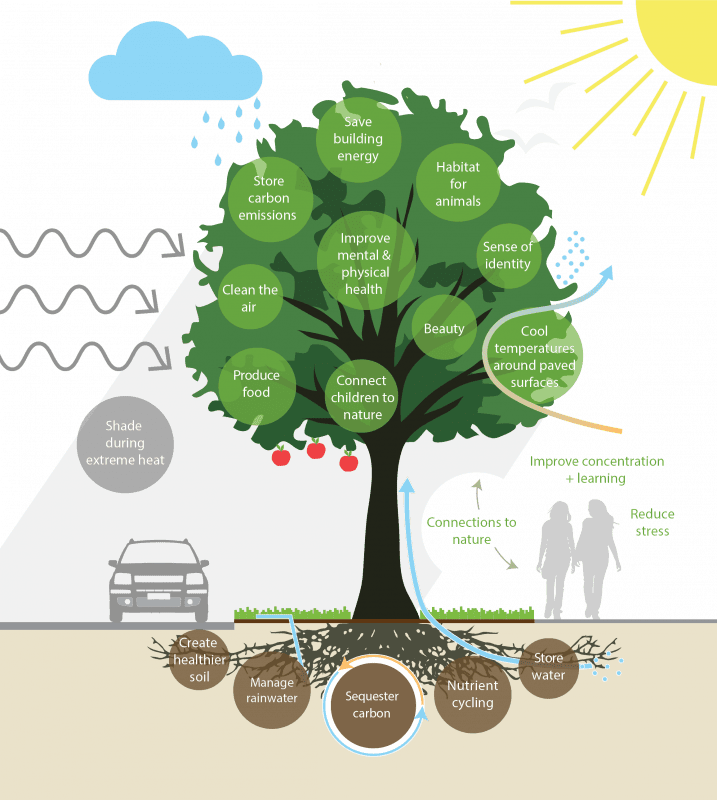
The City plants thousands of trees each year in parks, open spaces, restoration sites, and other public property and encourages community members to plant trees too. The City’s Community Tree Programs help make it easier to plant trees on private property and in neighborhoods. Planting trees increases tree canopy cover citywide and expands tree benefits, helping Bellingham meet the goals in our Climate Action Plan and upcoming Urban Forest Plan.
Are you ready to plant a tree near you? Learn more below.
Tree Planting Guidelines and Requirements
Trees in City parks
Want to plant trees in parks or open spaces? The Parks Volunteer Program offers individuals and groups the opportunity to participate in community work parties and individual stewardship to plant and care for trees and native vegetation.
Questions or concerns about trees in City parks or open spaces can be directed to Park Operations at (360) 778-7100.

Contact
For more information, please contact habitat@cob.org.
